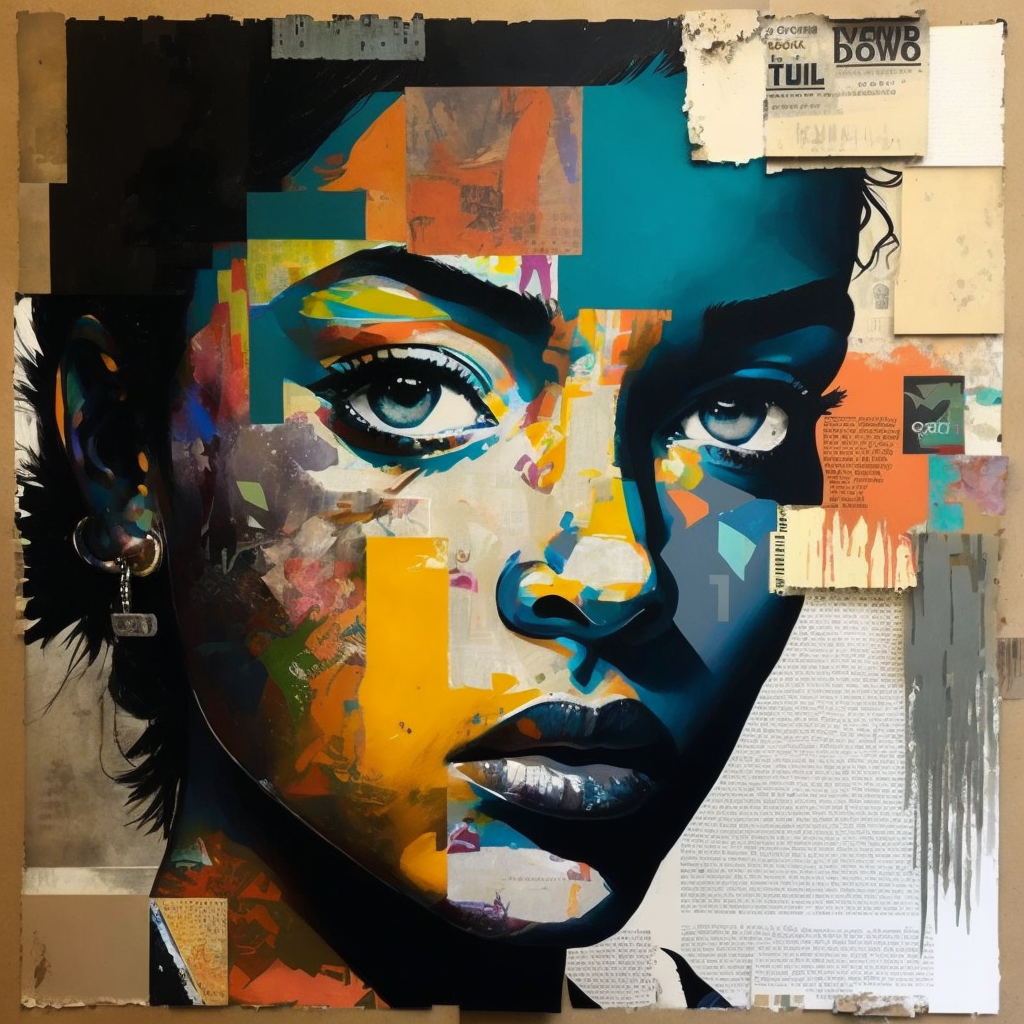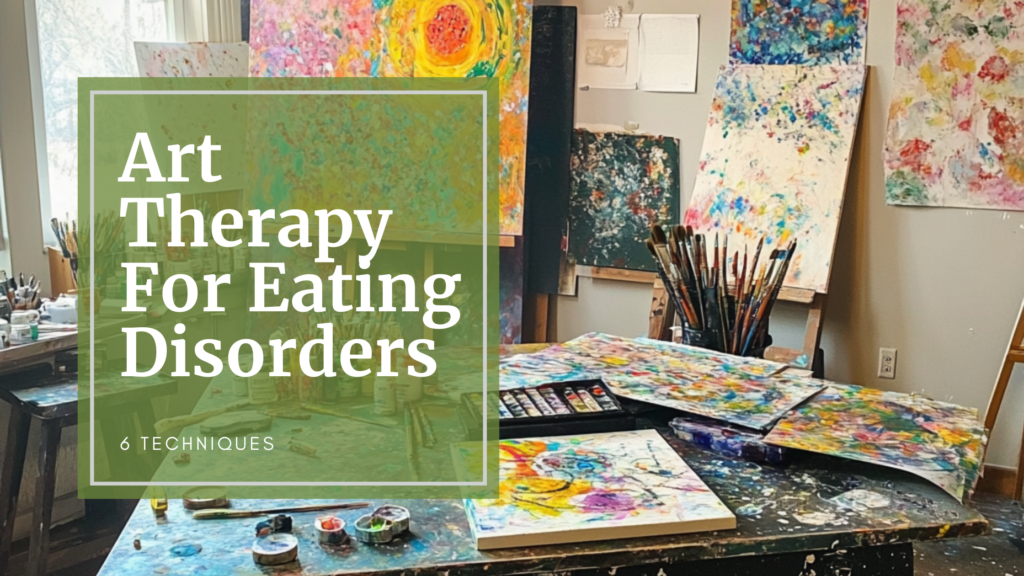Creative Healing Techniques: A Journey to Wholeness and Well-being

In today’s fast-paced world, we often forget the importance of nurturing our emotional and mental health. We’re bombarded with stressors, both personal and professional, and we desperately need ways to cope. Enter the world of creative healing techniques, a powerful and transformative approach to healing that taps into the power of art, self-expression, and self-discovery.
The Magic of Art Therapy
One of the most popular creative healing techniques is art therapy. It’s a dynamic, interactive, and enjoyable way to engage with our emotions and find solace in a non-judgmental, supportive environment. Art therapy is a process where individuals use various art forms, such as painting, drawing, sculpting, and collaging, to explore and express their thoughts, feelings, and experiences.
The beauty of art therapy lies in its versatility; it’s suitable for all ages and backgrounds, and no artistic talent is necessary. It’s a powerful tool that can address a wide range of emotional and psychological issues. If you’re interested in learning more about this fascinating practice, consider enrolling in the Art Therapy Practitioner Training Course.
The Importance of Accreditation
When embarking on a journey to learn and practice creative healing techniques, it’s crucial to choose accredited courses that ensure quality education and training. Accreditation not only guarantees that you’re receiving top-notch instruction but also lends credibility to your professional practice. Organizations like the Centre of CPD Excellence, the IPHM, and the CMA are dedicated to maintaining high standards in the field of holistic and complementary medicine.
Creative Healing Techniques in Action
Now, let’s dive into some real-life examples and stories that showcase the power and versatility of creative healing techniques.
Case Study 1: Overcoming Anxiety
Meet Sarah, a young professional who struggled with anxiety and panic attacks. Her therapist suggested she try art therapy to help her manage her anxiety. Through the use of painting and drawing, Sarah was able to externalize her fears and gain a deeper understanding of her triggers. The process also helped her develop healthy coping strategies and build self-confidence. Sarah now incorporates art therapy into her and has noticed a significant decrease in her anxiety levels.
Case Study 2: Healing from Trauma
James, a war veteran, experienced flashbacks and nightmares due to post-traumatic stress disorder (PTSD). Traditional therapy didn’t seem to help him fully process and overcome his traumatic experiences. That’s when he discovered the power of creative healing techniques through a local art therapy group specifically designed for veterans. By using various art forms like sculpting and collaging, James was able to confront his trauma and find a sense of peace and healing. Art therapy provided him with a safe space to express his emotions and connect with other veterans who shared similar experiences.
Case Study 3: Building Emotional Resilience in Children
Emma, a single mother, noticed her young son, Ethan, was struggling with self-esteem issues and displaying signs of anxiety. She enrolled him in an art therapy program designed for children. Through guided activities like drawing, painting, and crafting, Ethan learned to express his emotions and develop problem-solving skills. The art therapy sessions not only helped Ethan build emotional resilience, but also strengthened the bond between him and his mother as they participated in the activities together.
Creative Healing Techniques for Everyday Life
The beauty of creative healing techniques is that they can be easily integrated into our daily lives. Here are some simple ideas to help you embark on your creative healing journey:
- Journaling: Spend 10-15 minutes each day writing about your thoughts and emotions. You can use words or even doodles and sketches to express yourself.
- Collaging: Create a visual representation of your emotions, dreams, or goals by combining different images, textures, and colors.
- Meditative Drawing: Practice a meditative drawing technique like Zentangle or mandala creation to help you relax, focus, and connect with your inner self.
- Dance or Movement Therapy: Engage your body in expressive movement, either through structured dance or free-form movement, to release tension and explore your emotions.
- Music Therapy: Use music as a tool for self-expression, either by playing an instrument, singing, or simply listening to music that resonates with you.
Remember, when it comes to creative healing techniques, there’s no right or wrong way to engage in the process. It’s all about exploring, discovering, and embracing your unique path to emotional and mental well-being. If you’re interested in deepening your understanding of art therapy and other creative healing techniques, the resources available at Scholistico can be an excellent starting point.
In conclusion, creative healing techniques offer a transformative and empowering way to address emotional and psychological challenges. By incorporating art, self-expression, and self-discovery into our lives, we can cultivate greater self-awareness, resilience, and emotional balance. So why not take the first step and embark on a journey to wholeness and well-being through the power of creative healing?













Responses